
Copyright Climatik 2016


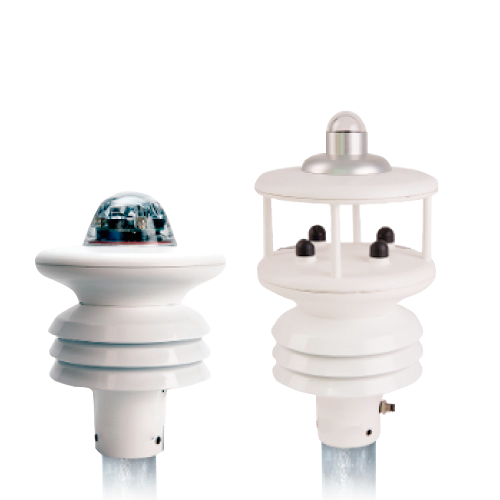
Compact stations: small stations easy to install. Designed to measure multiple climatological parameters. Typically employed for measurements in buildings, ports, airports, agriculture and commerce.
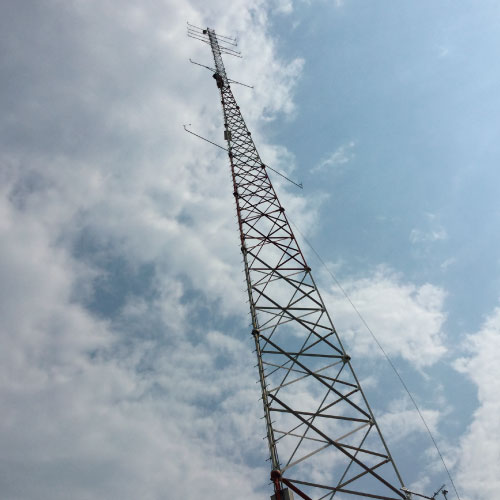
Manufactured and configured to measure according to the design of the measurement campaign. Its design allows flexibility in measuring a large number of weather variables at different heights (30 meters to +130 meters). Typically employed in the wind industry due to market demands
Systems able to measure the main meteorological parameters remotely allowing great versatility in operation.
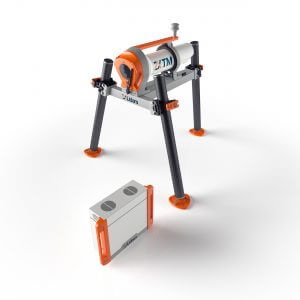
Onshore and offshore turbine-mounted horizontal wind Lidar for measurements from 10 to 400+ meters in front of a turbine
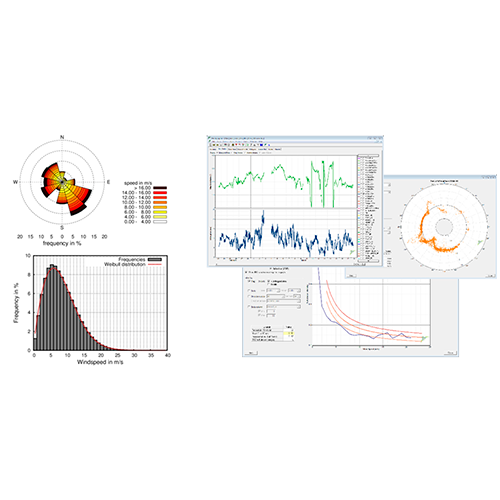
Maps derived from mesoscale simulations showing the distribution of the wind resource in a region, country or continent.
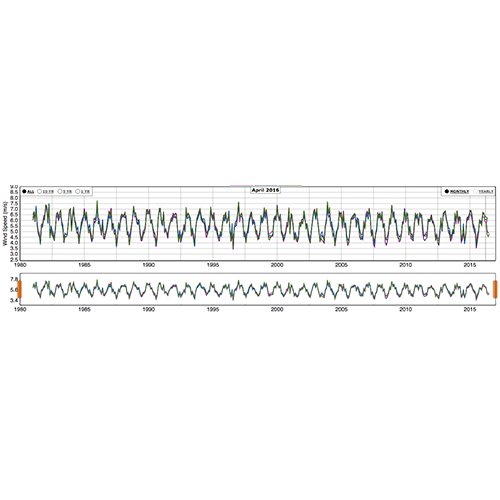
Datasets of meteorological parameters that allow the understanding of the climate cycle of a site derived from simulated data (virtual towers). Used to analyze the wind resource of a site, start modeling in micro-scalar models, preliminary production estimates and correlations (MCP)

Sensors capable of measuring wind speed and direction with ultrasonic technology.
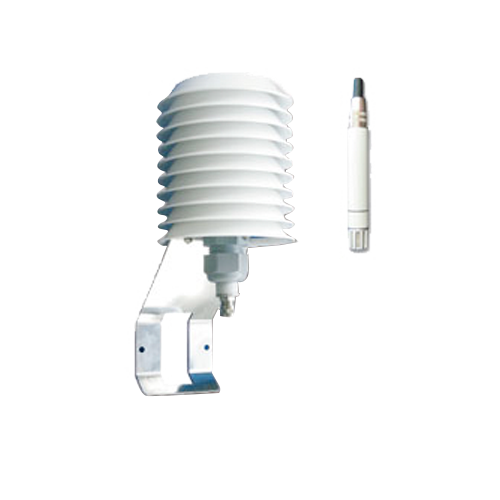
Able to measure meteorological parameters such as; Atmospheric pressure, dew point, temperature with a high level of certainty.

Licenses and training in specialized programs for wind modeling and preliminary design of wind farms
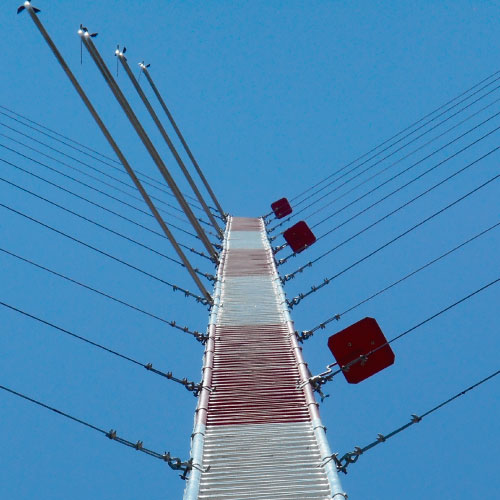
Lattice towers with capacity designed according to the characteristics of the installation site.
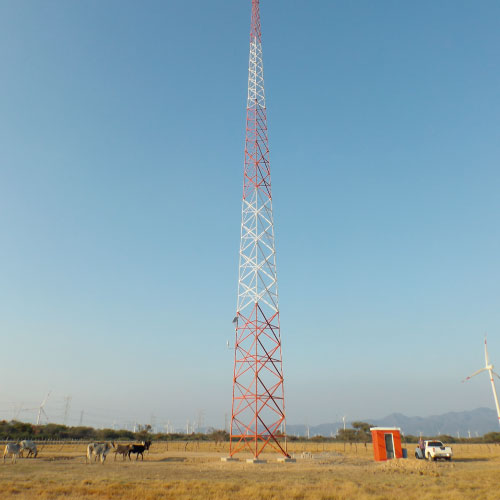
Fixed towers with a long life span and higher load capacity.

Towers with easy and quick installation with the advantage of having load capabilities similar to other towers.

Bright beacon systems for the prevention of air traffic.

Accessories for the proper functioning of lattice and tubular towers and compliance with national regulations
